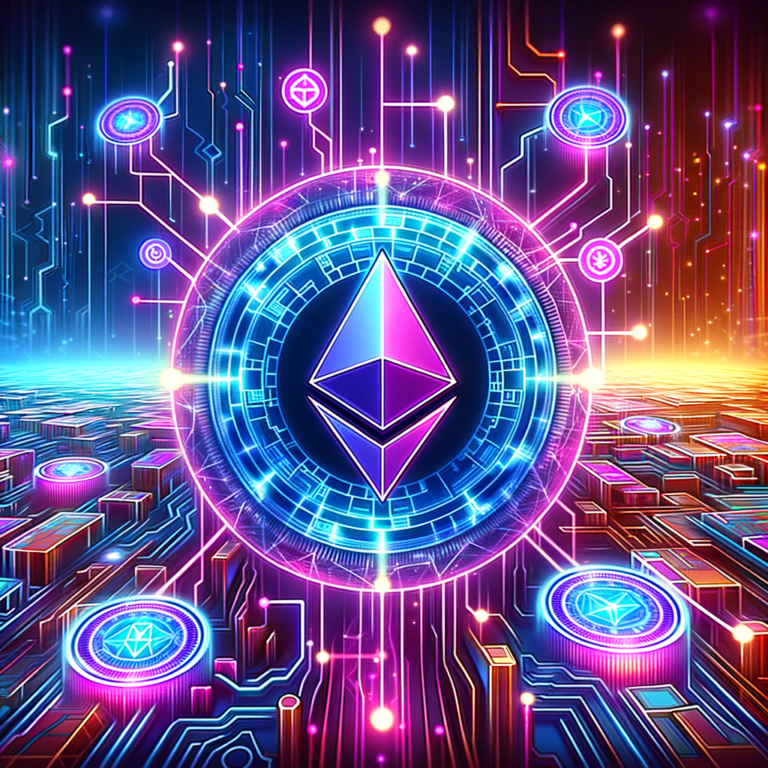NFT vs Traditional Art: Certificates Compared
In the evolving landscape of art collection, understanding the distinctions between Certificates of Authenticity for NFTs and those for traditional art is crucial. These certificates play a pivotal role in affirming the provenance and legitimacy of artwork, yet they function distinctly due to the inherent differences between physical and digital art forms.
Distinguishing Traditional Art Certificates from NFT Certificates
Traditional Art Certificates provide tangible assurance, typically handwritten and signed by either the artist, a gallery, or an authentication expert. These documents not only verify the artwork’s authenticity but also detail its provenance, exhibition history, and references in literature. However, they are susceptible to risks such as forgery, loss, or damage, which necessitates frequent reliance on third-party authentication services for additional verification.
Contrastingly, NFT Certificates are digital and exist on a blockchain, ensuring a high level of security and immutability. This means that such certificates cannot be forged or altered after creation. Every transaction or change in ownership is recorded on the blockchain, providing a transparent and unequivocal ownership history that is easily accessible online through URLs or QR codes.
Accessibility and Security
NFTs provide a revolutionary accessibility benefit, allowing art to be viewed and traded globally without physical limitations. This contrasts sharply with traditional art, which requires physical presence for viewing and often involves complicated logistics for trading. The immediate, borderless nature of NFT transactions democratizes access to art ownership and allows for a more fluid market.
Moreover, the security of blockchain technology inherent in NFTs eradicates the typical concerns associated with traditional art certificates such as forgery. Since each NFT and its associated certificate are uniquely coded into the blockchain, the authenticity can be verified instantly and indisputably, without the need for third-party verification.
Historical Value and Market Dynamics
While NFTs score high on security and accessibility, traditional art certificates carry an emotional and historical value that digital certificates cannot replicate. The tactile nature of a physical certificate, often adorned with the artist’s signature, holds a nostalgic appeal and connects the collector directly to the art’s lineage and legacy. Moreover, traditional art markets still value the deep historical context provided by these certificates, which can influence the artwork’s appraisal and aesthetic appeal.
The market dynamics also diverge significantly. NLMFT certificates facilitate things like fractional ownership and royalties, terms that are relatively new to the art world and cater specifically to digital works. This opens up new opportunities for both artists and collectors but also introduces volatility, as the value of digital art can fluctuate rapidly with market demand.
Embracing the Digital Revolution
As traditional institutions begin to embrace blockchain technology, the lines between digital and physical art markets are starting to blur. Initiatives that hybridize both forms of art are becoming more common, merging the tactile authenticity of traditional art with the digital expediency of NFTs. This convergence suggests a future where art collection incorporates both digital and physical realities, leveraging the strengths of each while mitigating their respective weaknesses.
Conclusion and Deciding Factors
Both traditional and NFT Certificates of Authenticity hold paramount importance in their respective domains. For collectors in the digital age, choosing between the two types of certificates will hinge on factors like the type of art they are interested in, the level of security they require, and their access to digital versus physical spaces. While NFTs offer groundbreaking advantages in terms and accessibility and fraud prevention, traditional certificates remain indispensable for those who value historical context and physical connectivity with art. Thus, collectors are encouraged to consider both options in light of their personal collecting goals and the specific characteristics of the artwork involved.

